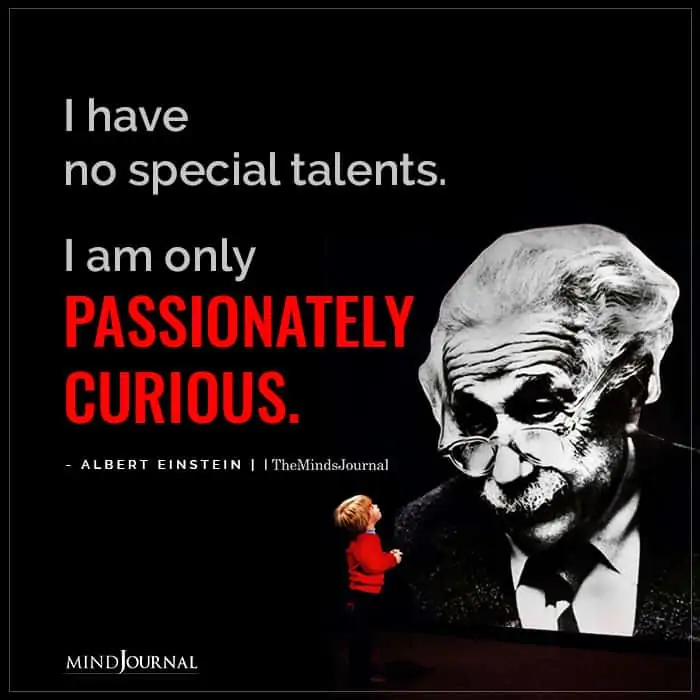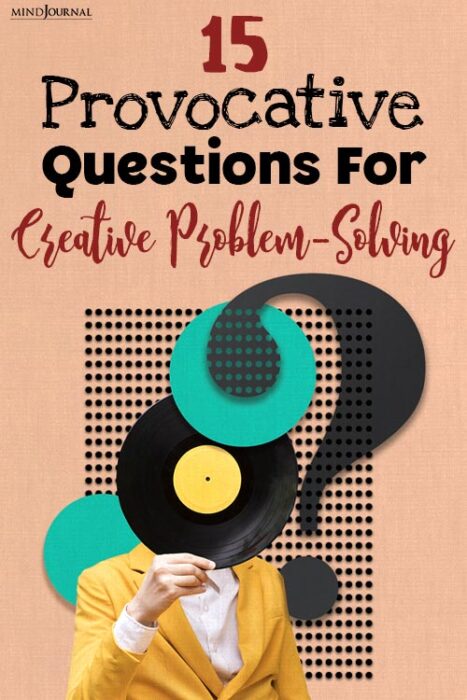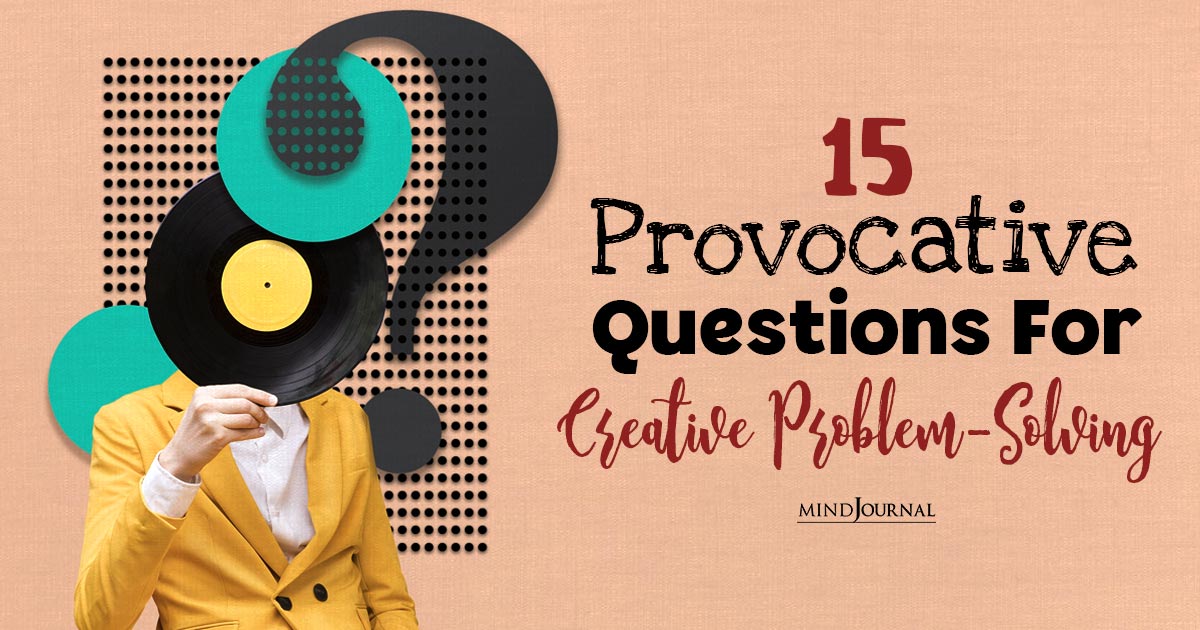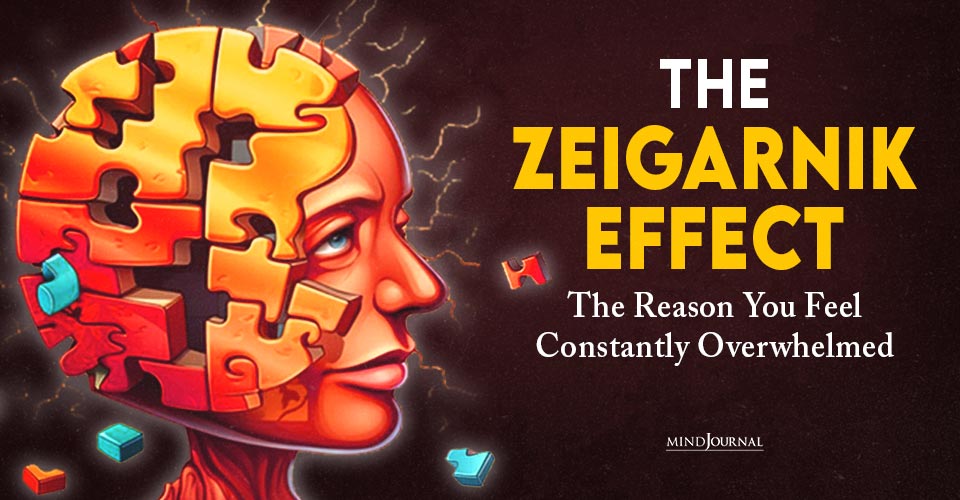If you are have ever thought how to trigger your curiosity, then you have come to the right place. Embracing curiosity is one of the best things you can do for yourself, and the curiosity questions mentioned in this article will help you achieve that goal. Check out these 15 questions to trigger curiosity and see how it works for you!
KEY POINTS
- The ability to be curious generally declines in adulthood.
- Curiosity is a portal to increased innovation.
- Curiosity can be relearned with the right questions.
- Today’s curiosity shapes tomorrow’s breakthroughs.
As toddlers, the constant repetition of the question “Why?” marks the exuberance of curiosity, a trait that, over time, tends to wane in the face of weary parents providing half-hearted answers or steering conversations elsewhere, just to give themselves a brief reprieve.
Unfortunately, as adults, many of us lose touch with the pervasive urge to ask ‘why?’ Our innate curiosity becomes buried, forgotten. This is a missed opportunity, for today’s curiosity is tomorrow’s innovation.
Consider the technological marvels of our time— the iPhone, Amazon, and Google—all born from the fertile ground of curiosity. Curiosity is the driving force behind innovation.
But how does one rekindle curiosity? For those already predisposed to curiosity, can it be harnessed for innovation?
Embracing curiosity is a personal journey and a pathway to expanding our comprehension of the world and nurturing mental well-being. It fosters a mindset that thrives on continuous learning, resilience, and a profound sense of fulfilment.
Opening your mind to new knowledge allows you to forge connections others have yet to envision.
Related: 3 Ways Curiosity Can Help Calm Reactivity
15 Questions To Trigger Curiosity
Here are 15 questions designed to trigger curiosity and encourage innovative thinking or problem-solving.
1. What if we approached this problem from a completely different perspective? What might we discover?
2. How have other industries or fields tackled similar challenges, and what lessons can we draw from their approaches?
3. If we were to remove all constraints, what bold and unconventional solutions could we explore?
4. What assumptions are we making about this situation, and how might challenging those assumptions open up new possibilities?
5. How can we leverage emerging technologies or trends to address this issue more effectively?

6. What insights might we gain if we were to involve customers or end-users in the problem-solving process? What might they reveal?
7. How can we turn this challenge into an opportunity for growth or improvement?
8. What are the underlying causes of this problem, and how can we address them to create lasting solutions?
9. If time and resources were not limited, what audacious goals could we set to solve this problem, and how might we achieve them?
10. What were our failures? What did we learn from them?
11. What failures occurred in other industries, and how can we apply those lessons to our challenges for a more innovative approach?
12. What if we built in constraints—fewer or no resources? How creative could we be? What would we do differently? What would we omit?
13. If we consistently ask “why” at each stage of our problem-solving process, how might it help us get to the root causes and generate more innovative solutions?
14. What if we asked people from different generations or cultures about what they see as the real problem or potential solution?
15. How can we challenge the status quo?
Related: 6 Ways to Practice Self Curiosity and Become More Self Aware
These questions are designed to provoke thought, challenge assumptions, and inspire creative thinking, fostering a mindset that can lead to innovative solutions and effective problem-solving.
In the journey from incessant childhood questioning to adulthood’s diminishing curiosity, the true potential of innovation often remains untapped.
These questions serve as catalysts, sparking curiosity and guiding individuals and teams toward innovative thinking and problem-solving, illustrating that the path to innovation begins with the simple act of asking why.
Want to know more about embracing curiosity? Check this video out below!
Written By Ruth Gotian
Originally Appeared On Psychology Today









Leave a Reply
You must be logged in to post a comment.